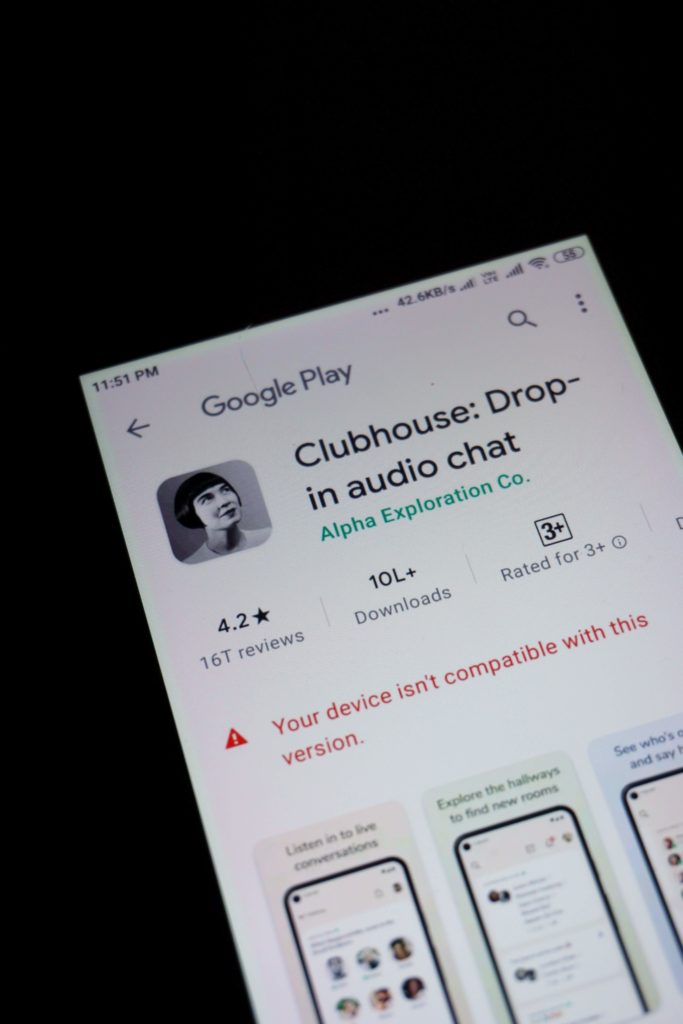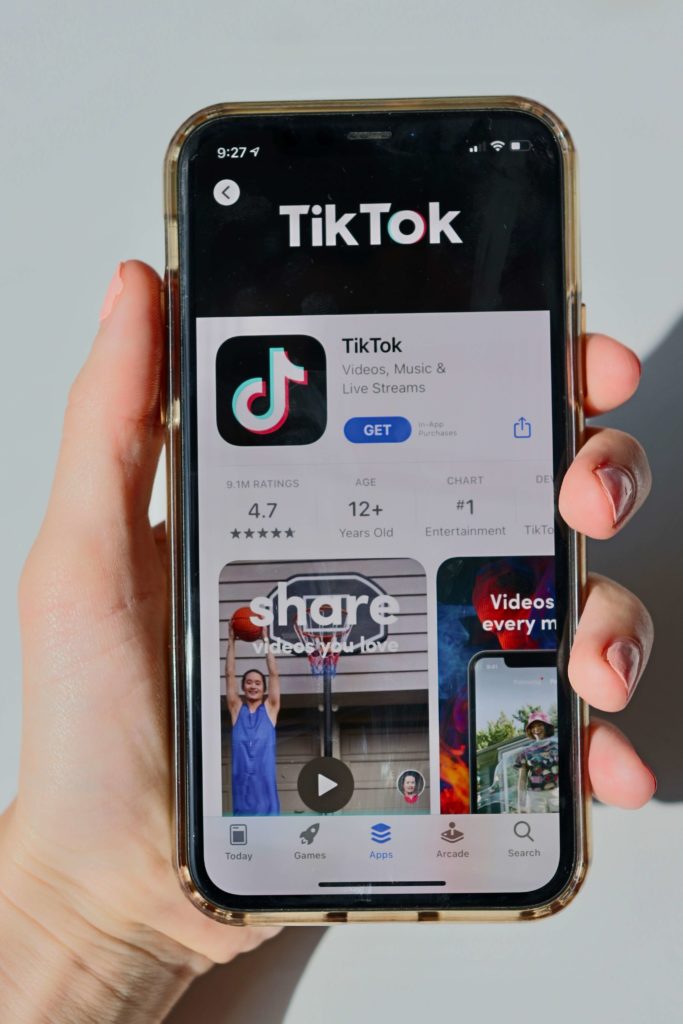The 7-Step Guide to App Store Optimization (ASO)
In the first quarter of 2021, there were a whopping 3.48 million apps on Google Play for Android users to choose from. Apple App Store, the second largest, had 2.22 million apps available for iOS.
With such huge numbers for browsers to delve through, app store optimization is key to making your app stand out among your competitors.
What is ASO Optimization?
App store optimization (ASO) is the method of optimizing your application for app store rankings. Like SEO, the process of ASO focuses on strengthening every aspect of your app that will help it achieve higher rankings.
The higher your app ranks in app store searches, the more visibility your app will have. This will help you achieve more traffic to your app, as well as more downloads and users.
In this 7-step guide, you’ll learn the ins and outs of ASO optimization, ASO rankings, and how to achieve successful app store results.
ASO Step 1: App Keywords
ASO is a similar process to SEO, but tailored specifically for apps and app store searches. Therefore when strategizing your ASO, you need to invest time in keyword research – the same as you would for SEO.
You should be using keyword research as one of the first steps in your ASO optimization. Your chosen keywords should be used effectively in your app presentation.
Seeing what keywords are used most by your target users will enable you to strengthen your app and app store search results.
In order to rank highly for your chosen keywords, you need to use them strategically. We’ve provided more info on how / where to use your keywords in the following steps below.
ASO Step 2: App Name / Title
This is where you should be using your strongest hitting keyword. Select the keyword with the highest search results and implement this in your title.
This will increase your visibility for this keyword, allowing your target audience to see your app when searching this term.
Selecting your title keyword should not be taken lightly, as you will want to avoid changing this later on. App names and titles often spread by word of mouth; so you’re going to want to choose something that will stick.
Your chosen title keyword should be something that is most likely to stay consistently strong, search wise.
It’s best to choose a catchy, unique app name that people will remember that incorporates your keyword in an organic seeming way.
You have 50 characters in Google Play Store, and 30 characters in Apple App Store – so there’s room to include a memorable name for your app, as well as keywords in the title.
See how the below app does it, using both their app name (Clubhouse) and keyword (drop-in audio chat) in the title.

ASO Step 3: App Metadata and Subtitle
Just like with SEO, your metadata is super important for ASO rankings. It’s how app stores recognize your app and what it offers.
Employ different keywords to what you’ve used in your title, in order to maximize your keyword strategy.
You should also utilize keywords in your subtitle, which takes up to 30 characters.
See below how the app TikTok uses its subtitle, providing a short and to the point summary of what their app offers (using keywords videos, music, live streaming).

ASO Step 4: App Description
Your app description won’t be picked by app store algorithms. However, it is read by app users – and is a super important deciding factor for them.
You don’t have much space here, so make it count. This is your opportunity to show browsers what makes your app worth the download.
App store optimization is therefore not something to focus on here (keyword wise).
Instead, you should explain the features and benefits of your app in a simple but convincing way.
This is shown on your product page, and very few browsers will ever read more about your app than what you show here.
Every word is important. Be creative and try a unique approach – just make sure you sell the benefits of your app as much as possible.
We recommend A/B testing to find out what description works best and gets the highest results.
ASO Step 5: App Icon
Your app icon should be used to grab people’s attention. Therefore, it’s essential to choose a really effective, eye-catching icon.
Encapsulate what defines your app in a way that is simple and people will remember. Whatever your app offers should be conveyed in your icon – this is the visual representation of your app.
A/B testing can be a really useful tool here again. Test out what icon gets more clicks – this could be experimenting with different colours, characters or visual elements. Avoid using an icon that is too busy or has too much text.
Your icon should be unique to any other app out there – you want browsers to easily recognise your icon and remember your brand.
ASO Step 6: App Ratings and Reviews
These are hugely important to the success of your app. How often do you personally download an app that is rated less than 4, or 3.5 stars?
Statistics show that 50% of people won’t consider an app with a 3 star rating. Results for 2 star apps are expectedly worse – 85% of people wouldn’t consider a 2 star app. Also, 77% of people have been shown to read at least one review before downloading an app.
Ratings are also crucial to your ASO ranking – the higher your rating, the more valuable app stores will rank you as.
Your user’s feedback is taken into account by app stores, and their algorithms evaluate comments and reviews left for your app.
Therefore it’s important to ensure your user’s experience is positive – your app should be easy to use and of value to your customers.
The best and most used apps enhance a users daily life, whether that’s helping them in some essential way or providing enjoyment.
If you have a really enjoyable app, users are more likely to leave positive reviews of their own accord. However you can encourage more of these with a little nudge – offer some in-app incentives in exchange for reviews.
Be careful with these though, as pushing for reviews too hard can get you penalized.
You should ask for a review within the first 72 hours – 77% of users will only use a newly downloaded app within this timeframe.
If you do garner some negative reviews, take the time to respond to them. Negative user experiences could have occurred because of some glitch or error – make sure you acknowledge that these have been fixed for future potential users.
ASO Step 7: App Downloads
Any app store optimization is geared towards one thing – downloads.
Your download rate is going to be the top contributing factor to higher ASO rankings, and both Apple and Google Play stores use this number to determine how valued an app is.
Once you’ve got that potential user on your app product page, you’ve got to do everything in your power to convince them to press download.
As well as the ASO points listed in the steps above, there are a few more ways you can increase your download rate.
One is displaying an app preview video and screenshots, which will give potential users a better idea of what your app will be like once they download.
This visual ‘teaser’ will encourage undecided browsers to download your app and give it a go – similar to a movie trailer.
Getting more downloads should also be targeted outside of app stores – you can do this by increasing your brand awareness in other areas, like through social media and blogging.
Market your brand to get your app name out there, so browsers recognize it on the store as a reputable, well-liked brand and app.

Keep Monitoring Your ASO Rankings + App Visibility
App store optimization methods can change quickly – your strategy should keep up to date with this.
Once you’ve implemented your ASO using the steps above, continue tracking its performance and any changes in the industry.
Always keep an eye on your competitors – what keywords are they using? How are they answering current market needs? Can you match this, or beat it?
App visibility is one of the top difficulties app creators face, but using our 7-step guide you can get your app out there and seen by users.
As with any digital marketing strategy, it takes time and effort.
You could have created the best app on the planet; but without ASO optimization it’s likely to get lost amongst the 3+ million apps already available.
Many app creators submit their apps without any kind of keyword research, and then wonder why their app is pretty much invisible on app stores.
The truth is, app store visibility without ASO optimization is nearly impossible.
Your keyword strategy will need to change and develop as time goes on. Just as your app should be updated regularly for optimum performance, so should your ASO.


Comments are closed.